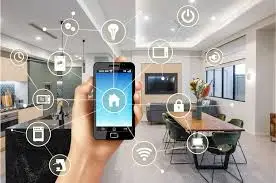Introduction
Imagine if your home could think. Picture a system so smart it knows when someone’s lurking at your door before they even knock. That’s not science fiction anymore it’s the power of AI (Artificial Intelligence) and IoT (Internet of Things) coming together to guard your home like a digital fortress.
In this post, we’re diving into the fascinating world of automated home security. From smart cameras to AI-driven alerts, you’ll learn how technology is transforming the way we protect what matters most.
Why Traditional Security Systems Are Falling Short
Let’s be real classic alarm systems with basic sensors and loud sirens just don’t cut it anymore. They often rely on human intervention, false alarms are rampant, and there’s little room for adaptability.
What happens if your neighbor’s cat trips a motion detector? Or if you’re not home to see a notification on your phone? That’s where AI and IoT swoop in to save the day.
What Exactly Are AI and IoT?
Before we get deeper, let’s break down these buzzwords.
Artificial Intelligence (AI)
AI is the brainpower behind modern smart devices. It helps machines learn from data, recognize patterns, and make decisions kind of like how we humans think, but faster.
Internet of Things (IoT)
IoT refers to all those internet-connected devices that “talk” to each other. Think smart locks, lights, doorbells, thermostats even your fridge. When connected, they form a digital ecosystem that can be managed remotely.
Put AI and IoT together, and you’ve got a powerful duo capable of automating, learning, and securing your home in ways traditional systems never could.
The Evolution of Smart Home Security
We’ve come a long way from padlocks and peepholes. Home security has evolved through multiple stages:
- Phase 1: Manual locks and basic alarm systems
- Phase 2: CCTV and motion detectors
- Phase 3: Mobile app-controlled smart systems
- Phase 4 (Now): Fully automated AI + IoT-based home security
Welcome to the era of predictive security.
Key Components of AI and IoT in Home Security
Let’s look at the building blocks that make this whole system tick.
1. Smart Surveillance Cameras
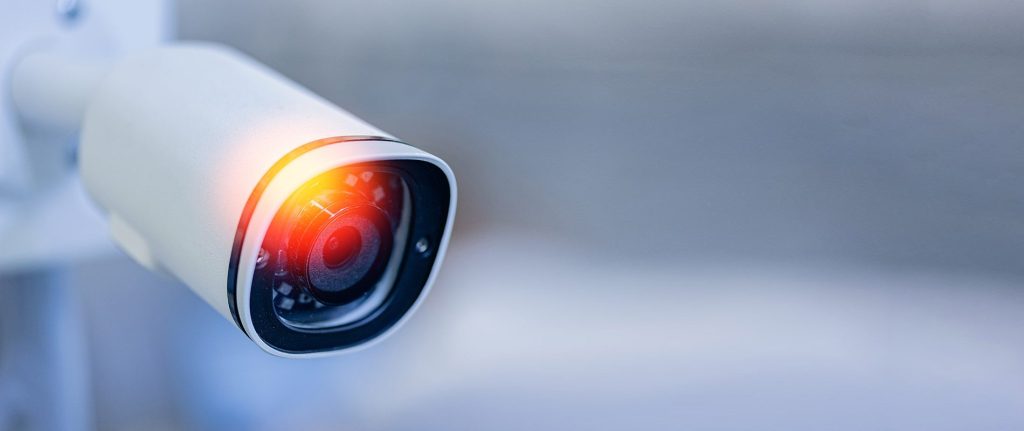
These aren’t your grandma’s security cams. AI-enhanced cameras now offer:
- Facial recognition
- Object tracking
- Behavior analysis
- Real-time alerts
Some can even distinguish between a human, animal, or swaying tree branch.
2. Motion Sensors with Intelligence
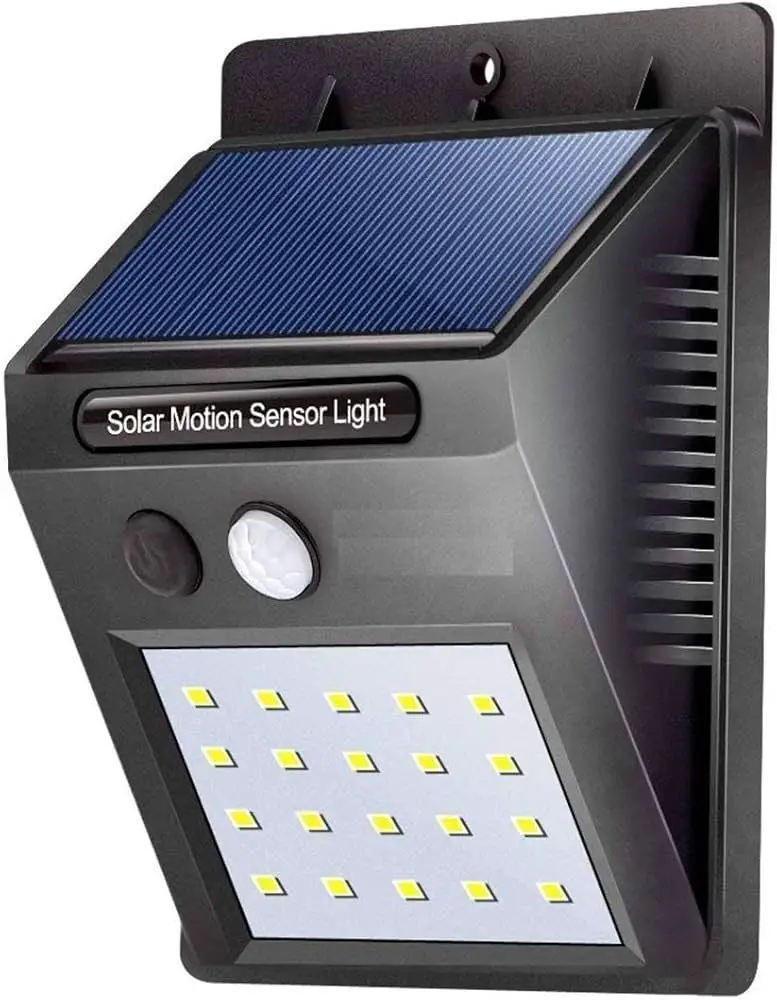
IoT-powered motion detectors can sense movement and analyze it using AI. Instead of just alerting you about movement, they assess whether it’s suspicious or just the wind.
3. Smart Door Locks and Entry Systems
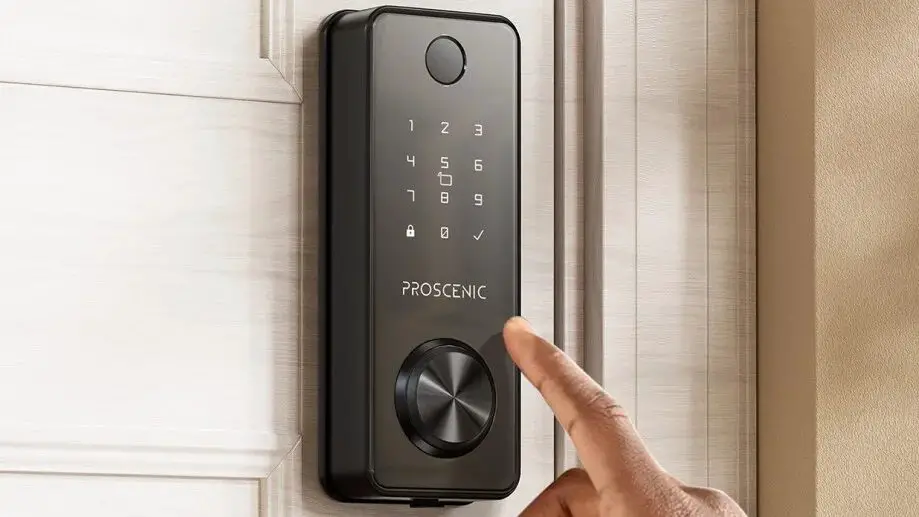
Forget hiding a spare key under the doormat. Now you can:
- Unlock your door via smartphone
- Use fingerprint or facial recognition
- Monitor who comes and goes with digital logs
4. Connected Doorbells (Video + AI)
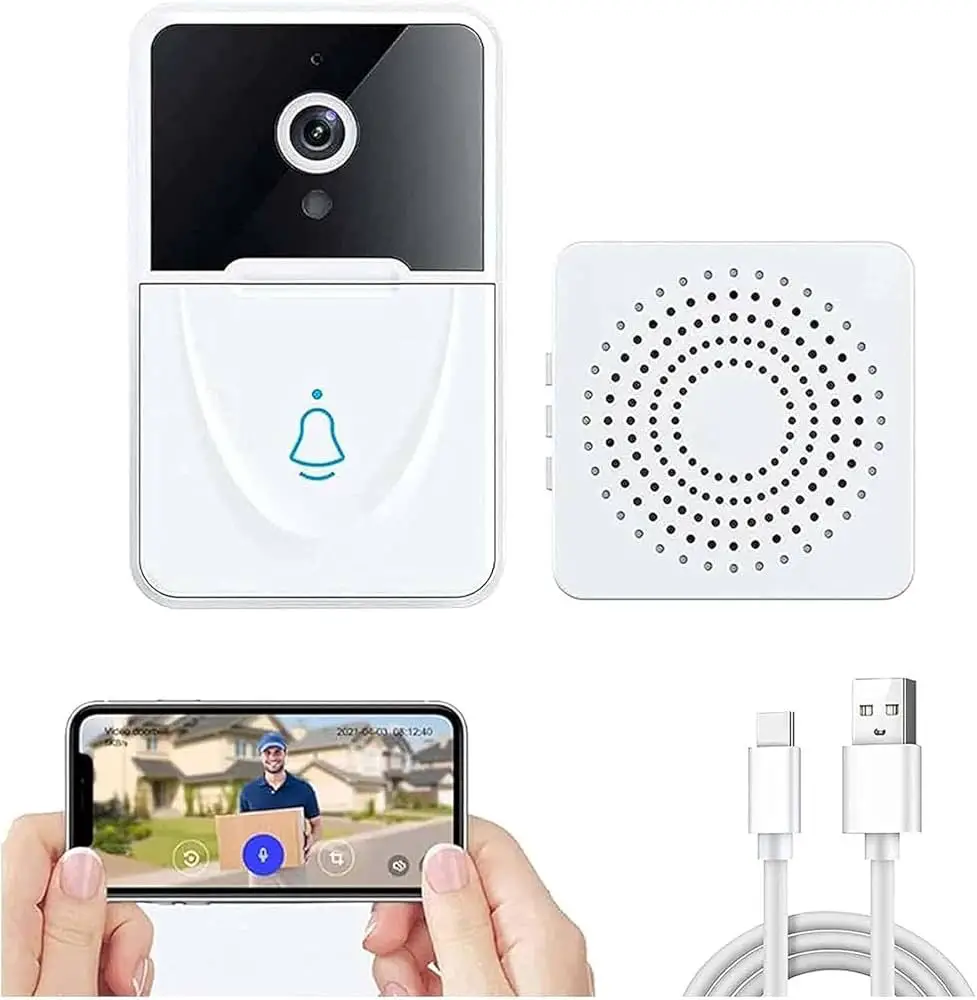
These little devices are like digital doormen. With AI, they can recognize familiar faces and alert you about strangers. Some even let you talk to visitors remotely, all from your phone.
How AI Makes Your Home Smarter
Here’s where it gets exciting. AI doesn’t just react it predicts.
Behavioral Analysis
AI learns your daily habits: when you usually come home, which lights you turn on, when you lock the doors. If something seems off like the front door opening at 2 a.m. you get an instant alert.
Pattern Recognition
If someone circles your block at the same time every night, your system will notice and flag the behavior. That’s proactive security.
Self-Learning
The more you use it, the smarter it gets. It adapts to seasonal changes, household members’ schedules, and even pet movement.
The Magic of Real-Time Alerts
Remember when you’d come home to find out something had gone wrong hours ago? That’s history.
IoT devices now send instant push notifications, texts, or even live footage when something unusual happens. Whether you’re across town or across the globe, you’re always in the loop.
Remote Control and Monitoring
From anywhere in the world, you can:
- View live camera feeds
- Lock/unlock doors
- Turn lights on or off
- Speak to someone at your door
Got internet? You’ve got control.
Integrating with Virtual Assistants
“Alexa, show me the front door camera.”
“Hey Google, lock the back door.”
Yep, your home security system can now obey voice commands and integrate seamlessly with your favorite virtual assistants.
Cloud Storage and AI Analysis
Many smart home systems store footage and data in the cloud. Why is that awesome?
- You never lose your data
- AI can analyze cloud-stored video for patterns and incidents
- Easy to access past footage anytime, anywhere
Reducing False Alarms
One of the biggest benefits? Way fewer false alarms. AI can distinguish between real threats and harmless events, saving you from panic and fines from local authorities.
Home Security Meets Automation
With everything connected, your security system can trigger other smart devices:
- Motion at the front door? Porch lights turn on.
- Door opened while you’re away? Alarm blares and camera starts recording.
- Smoke detected? Doors unlock for emergency responders.
Now that’s smart synergy.
Energy Efficiency and Cost Savings
Automating your security doesn’t just protect your home it can also save you money.
- Smart lighting turns off when not needed
- Thermostats adjust automatically
- Insurance companies may offer discounts for smart security setups
Privacy Concerns And How to Manage Them
With great tech comes great responsibility. AI and IoT systems do collect a lot of data. Here’s how to stay safe:
- Use encrypted devices
- Regularly update your system’s firmware
- Set strong passwords and enable two-factor authentication
- Check privacy settings regularly
Remember, the goal is security not surveillance.
Real-Life Applications and Success Stories
Still not convinced? Check this out:
- A family in California avoided a break-in thanks to their AI camera flagging a suspicious vehicle circling the block.
- In New York, an IoT sensor detected smoke early, allowing firefighters to arrive before things got out of hand.
- A solo traveler used remote monitoring to catch a package thief in the act and alert the police.
Technology isn’t just cool it’s genuinely saving lives and property.
The Future of AI and IoT in Home Security
We’re only scratching the surface. In the near future, expect to see:
- Drone surveillance linked to your home system
- Emotion detection to gauge fear or distress
- Predictive analytics that can prevent incidents before they even occur
It’s not just about catching the bad guys anymore it’s about stopping them before they try.
Conclusion: Peace of Mind in the Palm of Your Hand
The idea of a fully secure, smart home isn’t futuristic it’s here. By combining AI’s decision-making capabilities with IoT’s connectivity, you get a system that’s more vigilant, more responsive, and way more efficient than anything before.
Sure, the upfront investment might feel steep, but what’s the value of peace of mind? Knowing your loved ones and property are safe, whether you’re chilling in bed or halfway across the world, is priceless.
So maybe it’s time to upgrade. Let your home do the worrying, so you don’t have to.
FAQs: Automating Home Security Using AI and IoT
1. Is it expensive to install an AI-based home security system?
While initial setup costs can be higher than traditional systems, the long-term benefits like fewer false alarms, lower insurance premiums, and energy savings often make it worth it.
2. Can AI and IoT home security work without the internet?
Some features like local video recording and alarms work offline, but for remote access, real-time alerts, and cloud analysis, an internet connection is necessary.
3. Are smart home security systems vulnerable to hacking?
Any connected device carries some risk, but using encrypted systems, strong passwords, and regular software updates can significantly reduce vulnerabilities.
4. Will my pets trigger false alarms in AI-based systems?
Most AI systems are trained to recognize pets versus humans and can filter out animal movement, drastically reducing pet-related false alerts.
5. Do I need a smart home hub for everything to work together?
Not necessarily. Many devices can work independently or integrate via cloud platforms like Alexa, Google Home, or Apple HomeKit. A hub can streamline things, but it’s optional.
